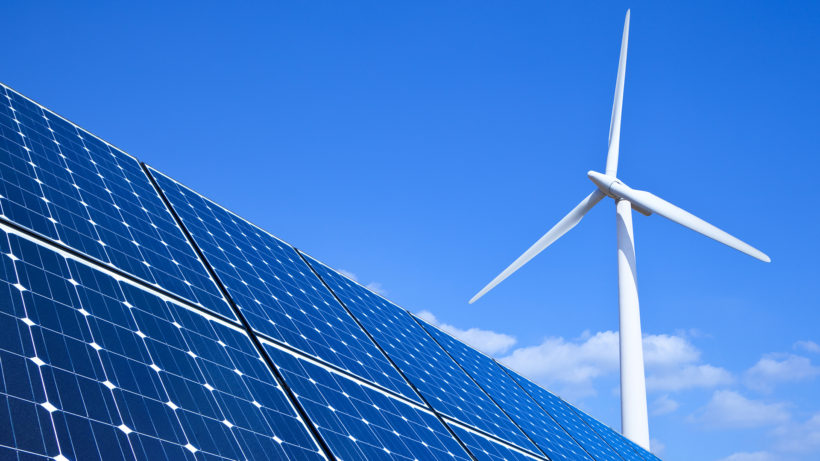The Australian solar industry is experiencing a boom as the number of Australians with solar panels in their homes has jumped considerably in the past three years, from just 7.5 percent in March of 2011 to around 16 per cent, or more than 3 million people, by the conclusion of the year 2013.
South Australia has the most homes with solar panels at 28 per cent of its population, with Queensland coming in at second with 22 per cent. Next is Western Australia with 18 per cent, while NSW and Victoria registered 11 per cent and 12 per cent, respectively.
A new research also debunks the myth that the solar industry caters only to the wealthy environmentalist. In the said study, Hoppers Crossing, Werribee, and Cranbourne were the top three suburbs with the highest installed solar kilowatt capacity.
Loss of Solar Industry Incentives
Another report this time by Roy Morgan Research likewise shows that the solar industry boom continues despite the reduction in incentives like feed-in tariff for households who sell solar-generated electricity back into the grid.
The said report also noted that people are going solar because they want to cut down on their energy expenses, and because they want to do something for the environment.
The solar power boom may also be due to solar photovoltaic systems becoming more affordable to the common Australian. NPD SolarBuzz recently reported that the average cost for solar PV manufacturers is anticipated to slide by 6 per cent in 2014, continuing the pace that has been observed since 2008.
Australians’ growing support to the solar industry can be linked to a new study that shows that solar PV systems can generate electricity at a cheaper price than coal. The study commissioned by the Fraunhofer Institute for Solar Energy Systems in Germany cites that the cost of rooftop solar in southern parts of the country can be as inexpensive as €0.08 per kilowatt-hour.
The study further reports that the levelised cost of energy from solar PV will fall by €0.043 per kilowatt-hour in sunnier regions like Australia and the Middle East by the year 20130.
The rise of the solar industry in Australia has also raised questions about the viability of the coal industry in the country. Prices of coking coal have dropped to six-year lows, with many Australian mines closing that experts feel signal the downfall of the country’s second most valued export.
Despite declining profitability, the outlook of the industry in Australia remains strong with the Bureau of Resource Energy Economics (BREE) estimating that Australia exports will amount to $225 billion in the next five years.
This despite news that around 10,000 coal mining jobs have been lost in the previous two years as reported by the Minerals Council of Australia. Likewise, prices of coking coal that is utilized in steel have also decreased by 50 to 70 percent according to Brendan Pearson of the said organization.
He blames the carbon tax in the country as having caused the slowdown of the sector, saying that the federal government collects around $800 million in taxes from the sector.
Originally published on Australian Solar Quotes:
Solar Industry Boom Felt in Australia



Leave a Reply